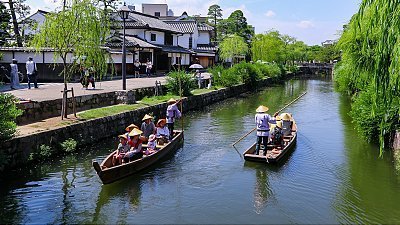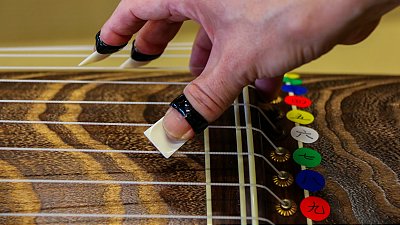Yokai and where to find them: Kappa
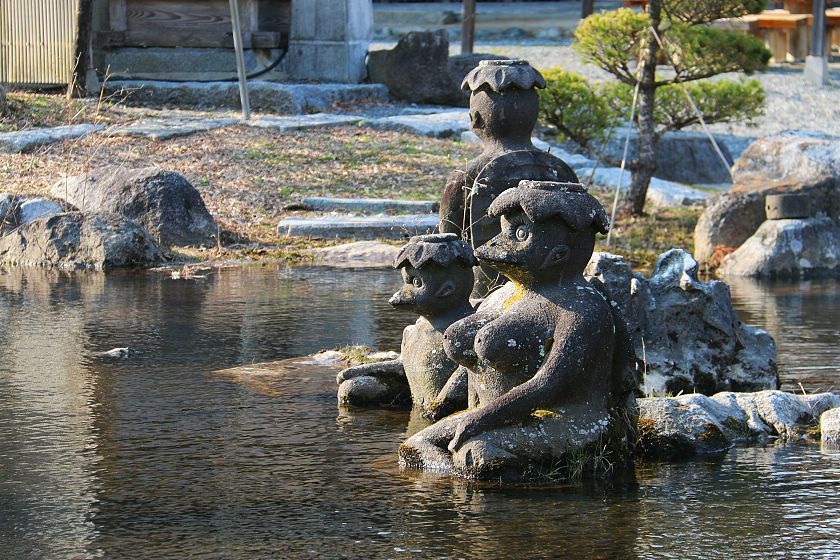
Of all the legendary creatures from Japan's hugely varied folklore, the kappa or river child must be one of the most curious. Elusive, amphibious beings that dwell in rivers and ponds, kappa are typically no larger than a child but with the strength of a grown man and bodies built for swimming. Although mostly seen as childlike, mischief-loving creatures, they are also known to attack women, children or livestock by pulling them underwater, and for this reason are often used as boogey-man figures to warn about the dangers of water.
Despite small variations in the folklore of different regions throughout Japan, the essential characteristics remain the same - scaly green or blue skin, webbed hands and feet ending in sharp claws, a shell like a turtle and a beaked mouth. Most unusual of all, between tufts of shaggy hair their heads have a bowl-like indent that is the source of their powers and must be kept full of water at all times.
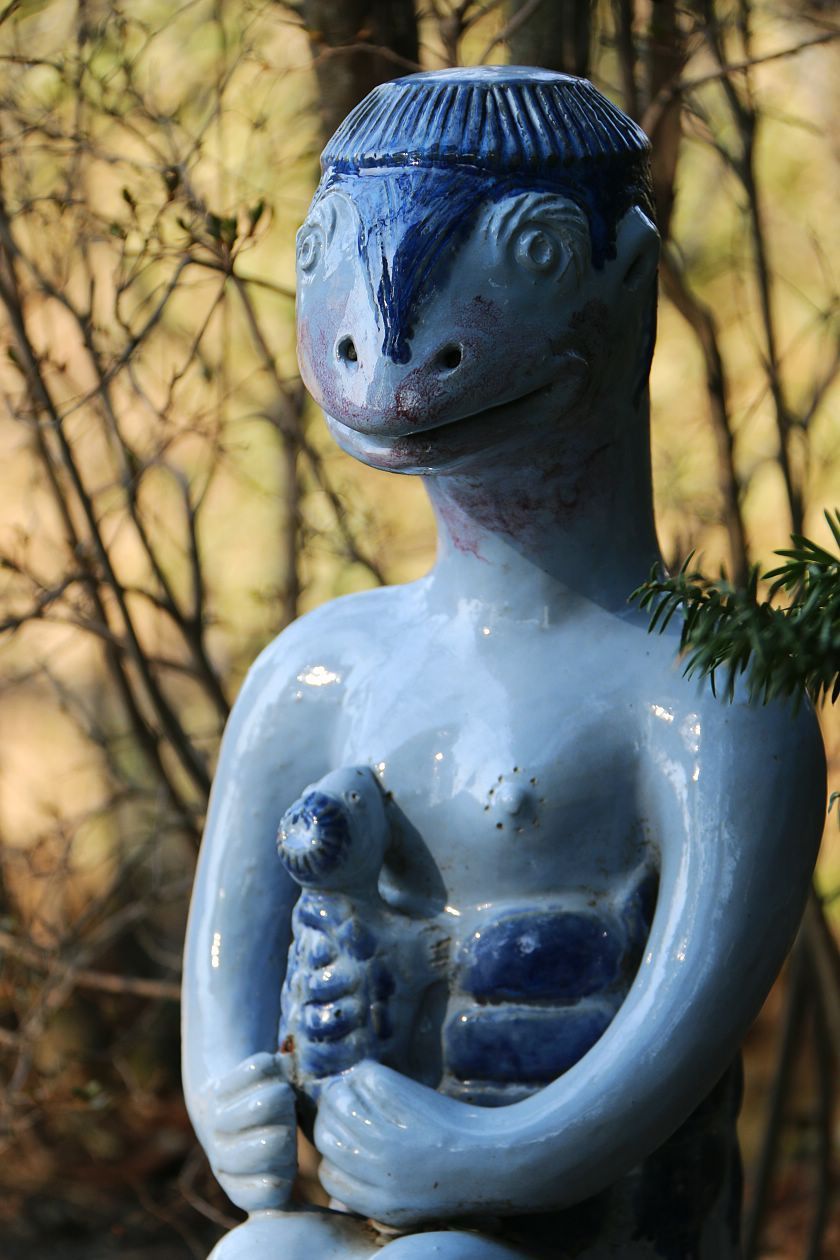
While the character of Kappa can vary considerably depending on the intended audience, two common traits are a love of games - most commonly sumo but also occasionally shogi, or Japanese chess - and an inability to break their word. A well-known story recorded in the Tono Monogatari tells of a kappa caught in the act of attempting to drown a horse, but it is released unharmed after signing a written promise to never do it again. while another popular theme involves the kappa rewarding those that can beat them in contests of skill with gifts or secret knowledge. There is even a simple trick to defeating them - unfailingly polite, even the most bloodthirsty kappa will return a bow, and in doing so spill the precious water from its head-bowl and become weakened.
Even more than human or animal flesh, kappa are said to love the taste of cucumber and this has been reflected in various superstitious practices. In Tokyo for example, it was once a common custom to write the names of family members on cucumbers and throw them into rivers as a protection against drowning.
Despite their tendency towards mischief, kappa are not always harmful. As minor deities in their own right, they are credited with teaching mankind the arts of irrigation and bone-setting, while good natured kappa are said to occasionally befriend lonely children.
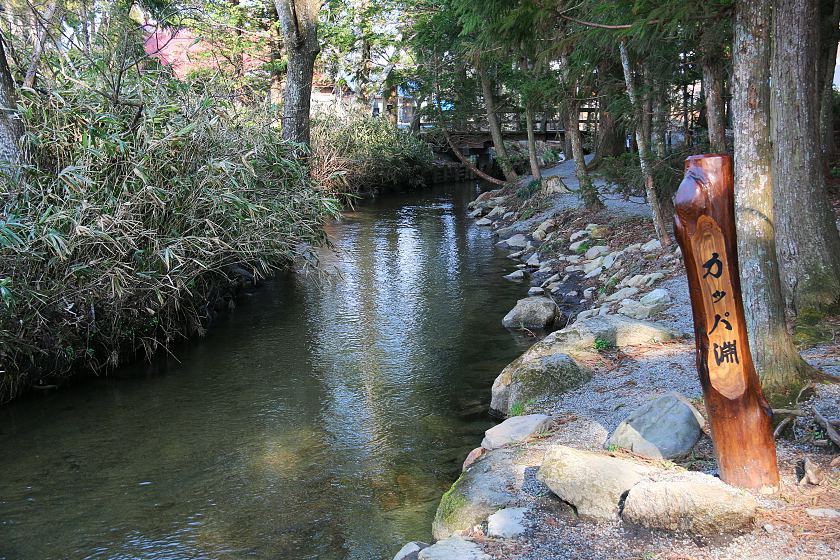
Today, kappa are a common sight in children's cartoons and as whimsical little statues, not unlike garden gnomes, outside homes and small businesses throughout Japan, however there are a number of destinations with a particularly strong association to these strange aquatic beings. The town of Tono in Iwate Prefecture, known as a repository of folklore due to the writings of Yanagita Kunio, contains a shrine dedicated to kappa as well as the famous Kappabuchi Pond. In Tokyo's Kappabashi district, actually named after the traditional straw raincoat of the same name, the temple of Sogenji has been taken over by statues of the creature while cucumbers can always been found on the altar.
Perhaps the most interesting continuation of the kappa legend however is in local practices like the Enko festival, held on the first Saturday of June in Nankoku, Kochi Prefecture. In a ritual intended to protect children from drowning, irises are woven into miniature shrines to the creatures, and people celebrate with sake, fireworks and pickled cucumbers.
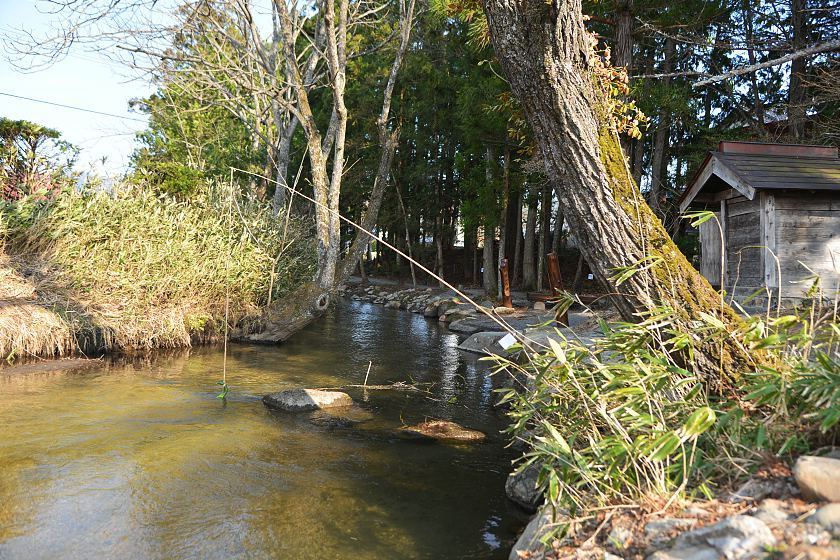
As with many mythological creatures from around the world, kappa are perhaps best understood as a metaphor for natural forces - in this case water - that may be unpredictable and even dangerous but are also essential to our wellbeing.

